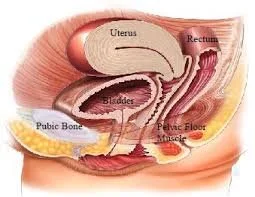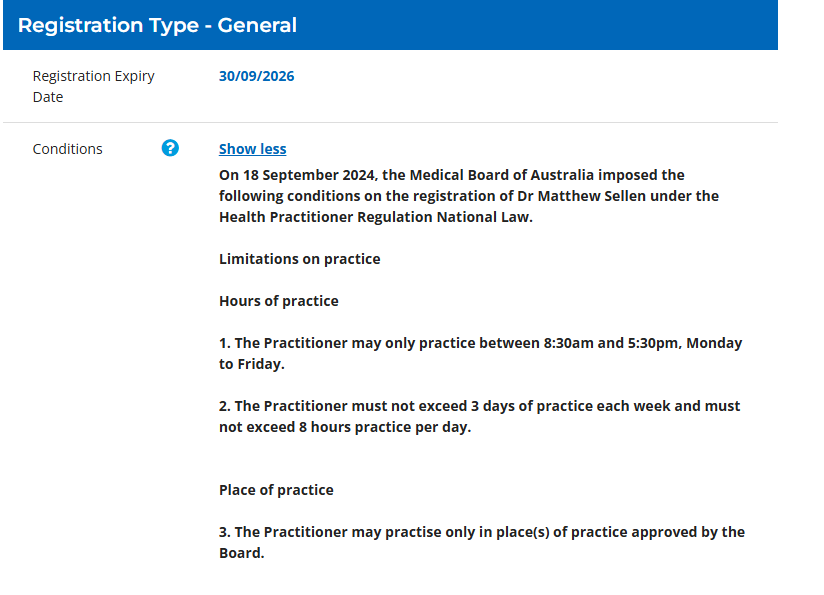Midweek Reframe
Welcome to The Midweek Reframe
Here Reframe Legal publishes content about significant stories in the law, whether its to protect yourself, your business, empower your growth, or help you thrive— let’s turn obstacles into opportunities.


Reduced Foetal Movements Late in Pregnancy: What a Mother’s Intuition Knows
Reduced foetal movement is a red flag that should never be ignored. Learn why inaction in late pregnancy can amount to medical negligence — and what families can do when care falls short.

Misuse of Syntocinon and Medical Negligence: What Parents Need to Know
When used carefully, Syntocinon helps labour progress safely—but when misused, it can cause serious birth injuries. Learn how incorrect use of this common drug may lead to medical negligence claims, what evidence families need, and how compensation helps secure a child’s future.

Medical Negligence Time Limits in NSW: How Long Do I Have to Bring a Claim?
Learn about medical negligence time limits in NSW, including the three-year discoverability rule, the twelve-year long stop period, and lessons from Briggs v Hillier [2025] NSWSC 1021.

Can you still sue a doctor 20 years after surgery?
Learn about medical negligence time limits in NSW, including the three-year discoverability rule, the twelve-year long stop period, and lessons from Briggs v Hillier [2025] NSWSC 1021.

“I Can’t Control Wind After Birth”: Understanding Fourth-Degree Tears and Your Rights
If you can’t control wind or stool after giving birth, or you still have pain months later, you may have had a serious birth tear. This article explains what a fourth-degree tear is, why it happens, how hospitals manage it, and when it may point to medical negligence. Written by an NSW lawyer, in plain language.

Understanding C-Section Rates, Safety & Legal Rights: A Lawyer’s Guide
This article explains in simple terms what C-section risks are, why they matter for safety, when a patient might have a medical negligence claim in NSW, and how someone can recover and validate their experience.

Severe Pelvic Floor Damage and Incontinence After Childbirth: When It May Be Medical Negligence and How Women Can Recover
Severe pelvic floor damage after childbirth can lead to incontinence, prolapse, and chronic pain — injuries that often go under-recognised or dismissed. This article explains how such injuries occur, when they may indicate substandard obstetric care, what medical negligence looks like, and how women can seek help, recovery, and legal advice. Written by a lawyer specialising in medical negligence and women’s health in NSW.

Obstetric Fistulas After Childbirth: Understanding the Injury, Medical Negligence, and the Path to Recovery
Obstetric fistulas are among the most devastating long-term injuries women can experience after childbirth. This article explains what causes a fistula, how it can sometimes arise from poor obstetric management, what medical negligence may look like, and how affected women can seek support, validation, and legal advice. Written by a lawyer specialising in medical negligence and women’s health law in NSW.

Obstetric Levator Ani Avulsion: Patient Safety Risks & Medical Negligence Claims
Levator ani avulsion during vaginal birth may lead to pelvic floor dysfunction, incontinence, prolapse, pain and sexual dysfunction. This article examines clinical pathways, patient safety concerns, how affected individuals can validate their experiences, prospects for surgical or conservative recovery, and the potential for medical negligence claims in NSW — from a lawyer’s perspective.

When Medical Care Fails: Regulatory Gaps, Patient Safety, Recovery, and Medical Negligence Claims
When medical care fails, the damage extends far beyond the operating room or hospital ward — it shakes a person’s trust in the system meant to protect them. Across Australia, patients harmed by medical errors are discovering not only the personal cost of injury, but also the systemic barriers to accountability. Investigations can be slow, opaque, and focused more on blame than learning. Regulators such as AHPRA face growing criticism for processes that leave both patients and practitioners without resolution, while hospitals struggle to translate complaints and claims into meaningful change.
This article examines how regulatory gaps, defensive medicine, and a culture of silence can compound patient harm, and what must shift to restore safety and trust. It outlines how patients may recognise potential negligence, pursue fair legal redress, and find pathways to recovery that validate their experiences. Ultimately, it calls for a transformation — from a punitive system to one that listens, learns, and heals.


Podiatric Surgeons to Lose Title: What It Means for Patient Safety, Trust & Legal Recourse
From October 2026, podiatric surgeons in Australia will be rebranded as “surgical podiatrists” to reduce confusion. This article explains the regulatory review, safety implications, transparency concerns, and how patients harmed by surgery might validate their experience or consider a medical negligence claim.

Dr Matthew Peter Sellen suspended, and the Challenges of Psychiatric Care in Canberra
Canberra psychiatrist Dr Matthew Peter Sellen, 44, left the ACT in March 2023 amid widespread reports of patient disruption and administrative issues. After a series of complaints, the Australian Health Practitioner Regulation Agency (AHPRA) suspended his registration in mid-2023. This article explores what happened, how it affected patients, and the systemic shortcomings the case exposed. Written by Dr Rosemary Listing.

Doctors Gaslighting Patients: When Being Gaslit by a Doctor Becomes a Legal Issue
When doctors gaslight patients, they dismiss or minimise legitimate concerns, sometimes leading to delayed diagnoses, untreated conditions, or obscured medical errors. This article explores how being gaslit by a doctor may indicate medical negligence, why it matters, and what steps patients can take to protect themselves.

What to Do If You Still Have Pain After Spinal Surgery
Still in pain after spinal surgery? Learn when ongoing symptoms may point to surgical error or medical negligence — and what steps to take if your recovery isn’t going as planned. Reframe Legal explains your rights and how to get support.

Dental Nerve Damage After Wisdom Teeth Removal: Could It Be Medical Negligence?
“I had my wisdom teeth removed and never regained feeling in half my tongue. They told me it was normal at first—but it’s been two years.”
If this sounds familiar, you’re not alone. Dental nerve damage after wisdom tooth removal is more common than most people realise—and in some cases, it’s not just an unfortunate side effect. It may be the result of medical negligence.
Whether you’re dealing with constant numbness, a burning tongue, or chronic pain in your jaw or lips, the impact on your daily life can be devastating. What’s worse is being told it’s “just something that happens” when deep down, you know something went wrong.
This article will help you understand what dental nerve damage is, when it crosses the line into negligent care, and how to take the next steps if you suspect your injury could—and should—have been avoided.
